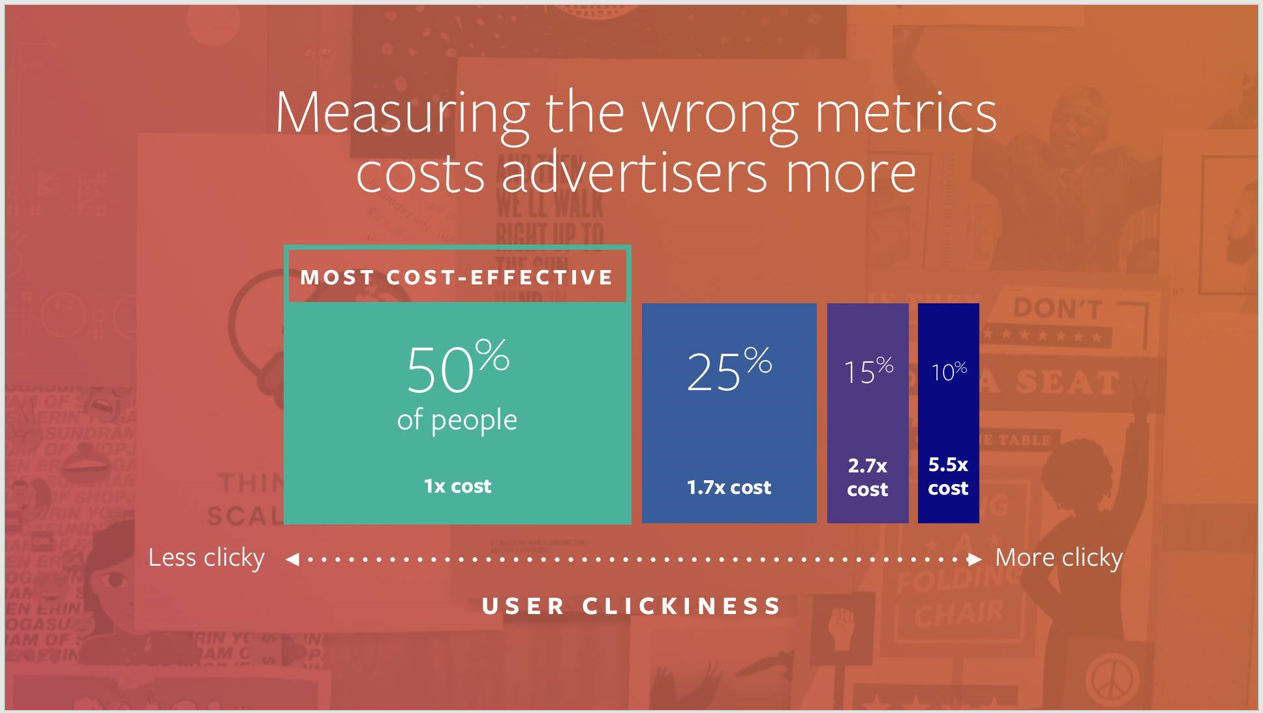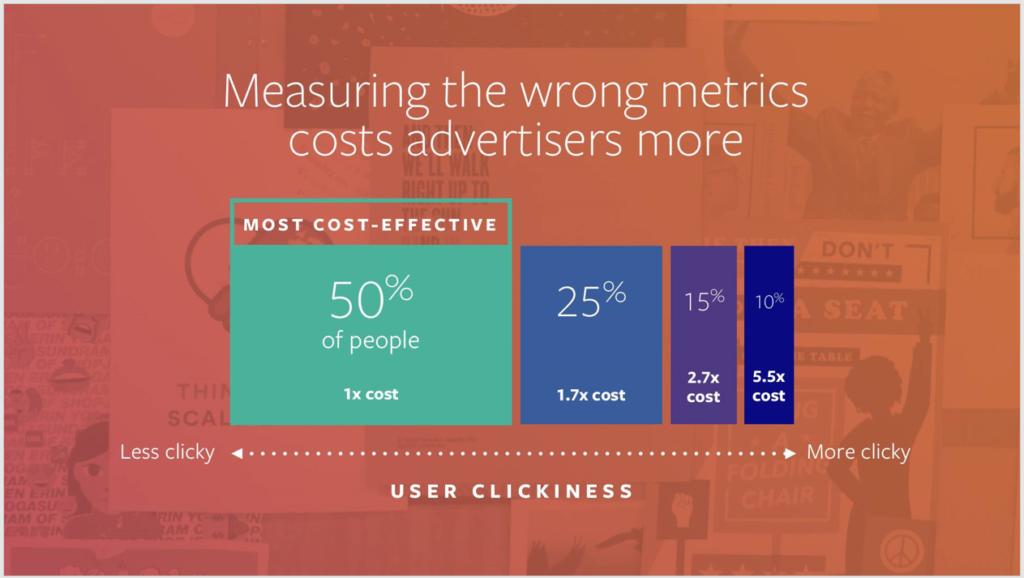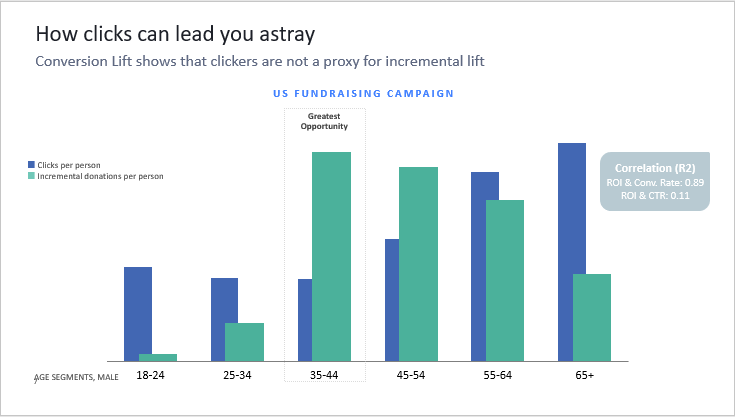
20 Jun Social Media Ad Objectives: Clicks vs. Conversion
Many advertisers believe getting people to click is the driving force behind social media advertising. This social media ad objectives strategy suggests that users who are more likely to click on an ad will ultimately complete a desired action, following the notion of “if they click, they will come”. Typically, the traffic or clicks-to-website objective works best to gain as many clicks as possible, reinforcing quantity over quality. This objective tends to work best for higher-funnel strategies, considering the main goal is to simply garner clicks and not necessarily to push prospects down the funnel.
Conversion Objective
While clicks are always welcome, it doesn’t equal genuine interest resulting in sales, downloads, leads, etc. When looking to connect with a more qualified user, the conversion objective is a great fit. Conversion allows advertisers to measure landing page views, conversion events, custom events and even retarget those who have yet to complete an action. Below you can see how Facebook defines both traffic and conversion campaigns:
- Traffic Campaigns: Allow you to grow the number of people who visit your site, app or Messenger conversation, and increase the likelihood they’ll take a valuable action when they get there.
- Conversion Campaigns: Help grow overall business on your website. Whether you want page visits, sales or another action, website conversion ads encourage people to go to your website and do something. For best results, you will need to install a pixel on your website to enable tracking and reach visitors who are most likely to take your desired action.
Avoiding “Clicky” Users
Measuring the wrong metrics can cost advertisers time, resources and most importantly money. Facebook reports show that when you bid on clicks, you’re competing for a very limited set of expensive “clicky” users. The below table shows it is costlier to reach users who are more likely to click, driving up costs 5.5x compared to those who are less “clicky”. We can see that the clickiest 10% of users on the far right have an effective CPM of 5.5x than the less-clicky portion of the audience on the left.

Facebook conducted an internal conversion lift study for a US Fundraising campaign to show there is no correlation between click-through rate and return on investment, but there is a high correlation between conversion rate and return on investment. If the only metric for success were clicks, we would have deduced that the 55+ age group was the best target audience.
However, we see the greatest opportunity comes from the 35-44 age group who click less but donate more.

Measuring the Right Metrics
Measuring the right metrics is the key to a successful campaign. Selecting the correct business objective will help you reach the most efficient audience, maximize budget and drive results. Thanks to the ability to track conversions, we can now measure real business results making clicks less relevant than ever before.
Let the team here at Ignite Social Media design your social media ad objectives strategy to maximize your business results. We have an ebook to help guide your social media buying.







